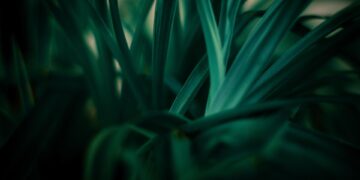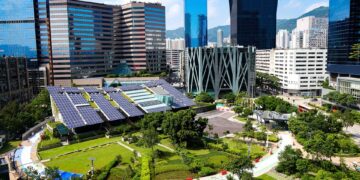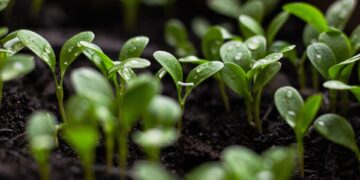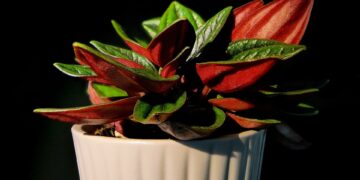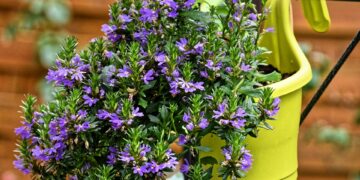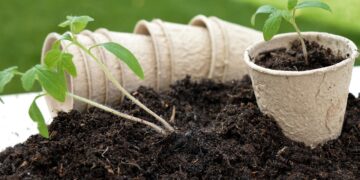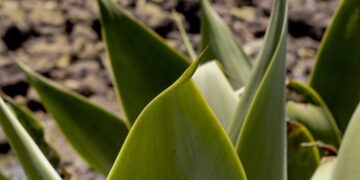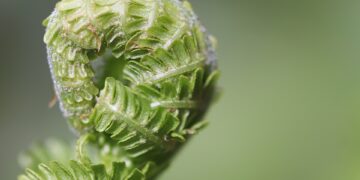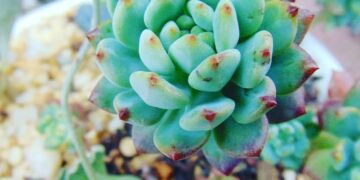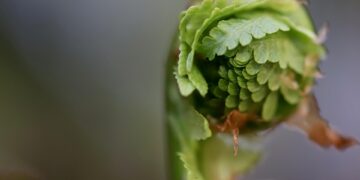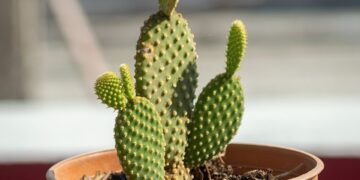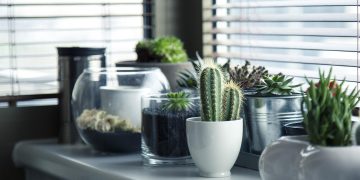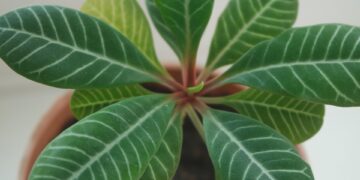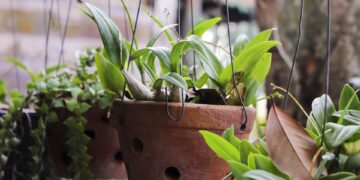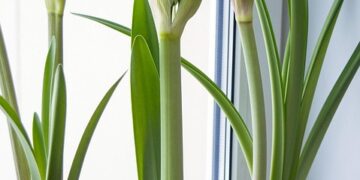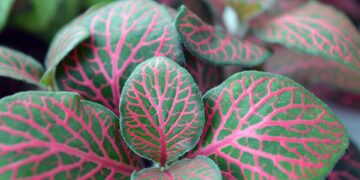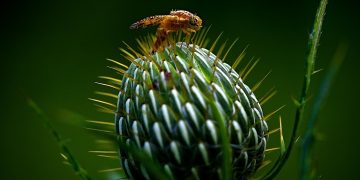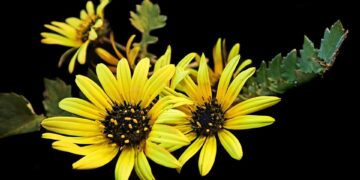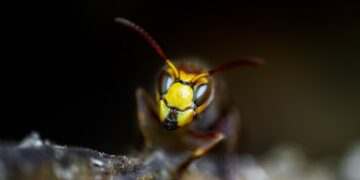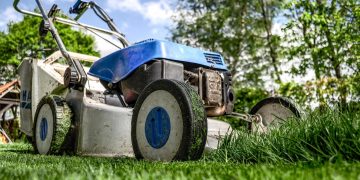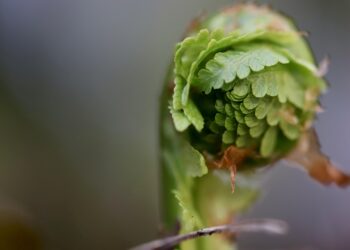Shedding Light on Plant Needs: Understanding the Importance of Light Requirements for Healthy Growth
Plants are living organisms that require light to thrive. Light is essential for photosynthesis, the process by which plants convert light energy into chemical energy to fuel their growth and development. Understanding the specific light requirements of plants is crucial for ensuring they receive the proper amount of light to support their health and vitality. In this article, we will shed light on the importance of light requirements for plant growth and provide valuable insights on how to optimize light conditions for your plants.
The Role of Light in Plant Growth
Light is one of the most important factors influencing plant growth. Plants use light energy to produce glucose through photosynthesis, which serves as their primary source of food. Without adequate light, plants are unable to carry out photosynthesis effectively, leading to stunted growth, poor flowering, and overall reduced vitality.
Light also plays a crucial role in regulating various physiological processes in plants, such as nutrient uptake, water absorption, and hormone production. Different types of plants have varying light requirements based on their evolutionary adaptations to different light environments. Understanding these requirements is essential for providing optimal growing conditions for your plants.
Types of Light Requirements
Plants can be categorized into three main groups based on their light requirements: full sun plants, partial sun/plants, and shade plants. Full sun plants require at least six hours of direct sunlight per day to thrive, while partial sun/plants can tolerate a few hours of direct sunlight or dappled light. Shade plants, on the other hand, prefer indirect or filtered light and can thrive in low-light environments.
It is important to consider the specific light requirements of each plant species when designing your garden or indoor plant setup. Placing plants in the appropriate light conditions will help ensure they receive the right amount of light to support their growth and development.
Optimizing Light Conditions for Plants
To optimize light conditions for your plants, it is important to consider factors such as light intensity, duration, and quality. Light intensity refers to the brightness of light available to plants, which can vary depending on the time of day, season, and location. Plants that require high light intensity should be placed in bright, sunny locations, while those that prefer low light intensity can be placed in shaded areas.
Light duration refers to the amount of time plants are exposed to light each day. Some plants require long hours of sunlight to thrive, while others can tolerate shorter periods of light exposure. It is important to provide plants with the appropriate amount of light duration to support their growth and development.
Light quality refers to the spectrum of light wavelengths available to plants, which can impact their growth and flowering. Plants require a balance of red, blue, and green light for optimal photosynthesis and growth. LED grow lights are a popular option for indoor plant growers as they can provide the full spectrum of light wavelengths needed for plant growth.
Common Questions about Light Requirements for Plants
Here are some common questions about light requirements for plants:
1. How do I know if my plant is receiving enough light?
You can tell if your plant is receiving enough light by observing its growth and development. Plants that are not receiving enough light may exhibit symptoms such as yellowing leaves, stunted growth, and poor flowering. If you notice these signs, consider moving your plant to a brighter location or supplementing with artificial light.
2. Can plants get too much light?
Yes, plants can get too much light, which can lead to sunburn, wilting, and leaf damage. It is important to monitor your plants’ light exposure and adjust their placement accordingly to prevent overexposure to sunlight.
3. How can I provide adequate light for indoor plants?
You can provide adequate light for indoor plants by placing them in bright, sunny windowsills, using grow lights, or rotating them regularly to ensure even light exposure. It is important to consider the specific light requirements of each plant species when growing plants indoors.
Conclusion
Understanding the importance of light requirements for plant growth is essential for ensuring your plants receive the proper amount of light to support their health and vitality. By optimizing light conditions for your plants and providing them with the right balance of light intensity, duration, and quality, you can help them thrive and flourish. Remember to consider the specific light requirements of each plant species when designing your garden or indoor plant setup, and monitor their growth and development to ensure they are receiving adequate light. With the right light conditions, your plants will be well on their way to healthy growth and vibrant beauty.





